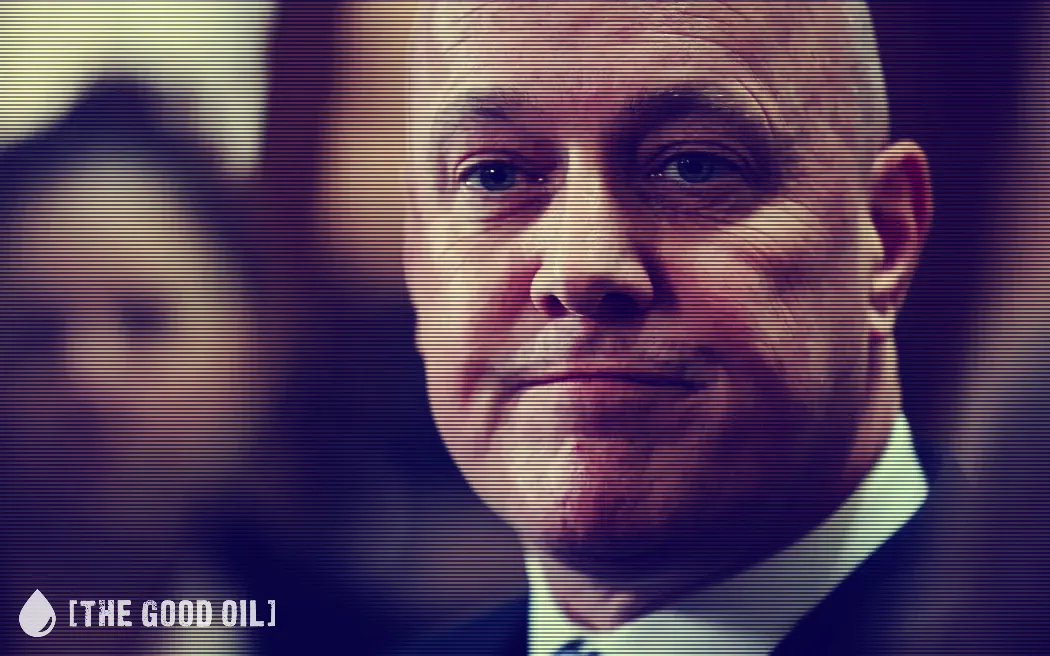Table of Contents
Simon O’Connor
Husband, step-father and longtime student of philosophy and history. Also happen to be a former politician, including chairing New Zealand's Foreign Affairs, Defense and Trade Committee.
Whistleblowers from the euthanasia review panel have exposed a myriad of problems within the law.
Blank reports; inconsistencies between what doctors say and what is written down; a person approved for death despite speaking in a language no doctor understood; a committee unable to function for long periods of time; key medical information such as a patient’s diagnosis missing; and the Ministry of Health intent on starving the committee of information.

In my recent Q+A appearance and in my Substack (Alarm Bells) I raised issues within the End of Life Review Committee. That these, and more, are now public is good with two former committee members highlighting a wide range of problems – so much so, the minister in charge made sure they did not have their roles renewed for no one is meant to highlight the failures of this euthanasia regime.
As I noted to Jack Tame and in my writings, these details simply prove that the law is not working as seamlessly as pro-euthanasia advocates want you to believe. You can be someone very supportive of euthanasia, but I suggest you can also be concerned about how the law is functioning – that key safeguards are missing and the central oversight committee has been managed into irrelevance.
It all comes down to one simple question – how many wrongful deaths are acceptable within New Zealand’s euthanasia regime?
For context, the two former committee members currently speaking out are Dr Jane Greville (a palliative care specialist) and Dr Dana Wensley (an ethicist). Both are highly respected in their fields and both now removed from the committee of which they were inaugural members. They both sought a renewal to their term, but both had this denied by the ministry and minister.
ONE DISTURBING EXAMPLE
As reported in the NZ Herald, one death they reviewed involved a patient with dementia and who did not speak any English. They noted that approval was given for this patient’s death despite no interpreter being present. How on earth any doctor can make this decision, particularly when needing to consider coercion, is beyond belief. But approval was given anyway.
Worryingly, when the reviewers raised their concerns about this case, the Ministry of Health simply told them it was not within their remit. No acknowledgment by the Ministry of Health that the law might have a major fault; instead, circle the wagons and hope for the best.
THE STORIES DON’T MATCH
The reviewers also noted that what is being written into euthanasia reports did not always line up with what doctors said when spoken to. In several cases, the reviewers called the doctors involved to discuss a case and found that what was being said in voice did not match what was in the written reports. We need to ask how this can be so? Are we dealing with a failure of memory, incompetency or deliberate falsification?
As Dr Greville wrote to Minister Shane Reti – “we have been unable to explore these sometimes jarring inconsistencies”.
“NOTHING WILL COME OF NOTHING”
Get this – the reviewers of euthanasia cases do not even have access to the most basic of medical information of patients. They do not get to see a patient’s diagnosis or prognosis, nor any information to show what assessment(s) was done to ensure mental capacity to make the decision to die.
Also, and something I have spoken about often, no information is recorded about when the lethal dose of drugs was given and when the actual death occurred. While infrequent, we know from overseas jurisdictions that patients can take many hours to die – not the seconds or minutes pro-euthanasia advocates will have you believe.
THE RURAL URBAN DIVIDE
I have also spoken before of how palliative care is amazing but not fully funded nor easily available to everyone. If you live in the big cities, access is better than for those in rural areas or more isolated parts of the country.
The committee members were also aware of this, noting from the incoming reports how there were proportionately more euthanasia deaths in rural areas than urban. They asked the Ministry of Health for more information but were denied.
We can only assume that the ministry would have found it inconvenient to acknowledge that those unable to access timely and convenient palliative care are more likely to seek an early death instead.
FILL IN THE BLANKS
When reviewers noted that many sections of the euthanasia reports were blank, the Ministry of Health told them to “just assume nothing is wrong”. It reminds me of the recent pylon that fell up north, when those unbolting it just assumed it was being held in place by other bolts.
What this illustrates is that safeguards are not in place, and more worrying from the Ministry’s response, but that these supposed safeguards don’t actually matter.
As committee member Dr Jane Greville noted, they were “constrained to the point of irrelevance”.
CONFIRMATION OF A DEFUNCT COMMMITTEE
The whistleblowers also confirm that the review panel has been inoperative for long periods of time.
As I keep pointing out, proponents of the law talk about the many safeguards and the review committee is a key part of this – and yet it has been inoperative for months at a time.
Instead one person – the registrar for assisted dying – was signing things off. Don’t forget, it is this same registrar that signed off two sets of official euthanasia reports which contained conflicting numbers of deaths and applications.
WHERE IS THE MINISTRY?
The response of the Ministry of Health to the work of the reviewers is deeply concerning. They have been as unhelpful as possible – whether to keep their minister happy or to maintain an illusion, we don’t know.
Their basic fall back has been to only provide the information prescribed by law, which, importantly, they helped draft and now regulate. It is also important to note the law empowers the ministry to develop forms and reports. If access to such basic information is denied, then the law and regulations are broken.
A FOX IN THE HENHOUSE
So who is the minister responsible for all of this? David Seymour. Yes, the very person who introduced the euthanasia law and who remains it’s biggest champion. It remains wrong – politically and ethically – that the Minister of Health and Cabinet let the architect of the law be the one to oversee it.
Seymour rarely handles criticism well, nor able to accept those who challenge his worldview. In this case – a medical doctor working in palliative care and an ethicist – calling into question the functioning of his law. In speaking out against aspects of this law, they had to go.
And isn’t this sadly symbolic of the whole euthanasia law? If you’re inconvenient or inconvenienced, you have to go.
This article was originally published by On Point.









